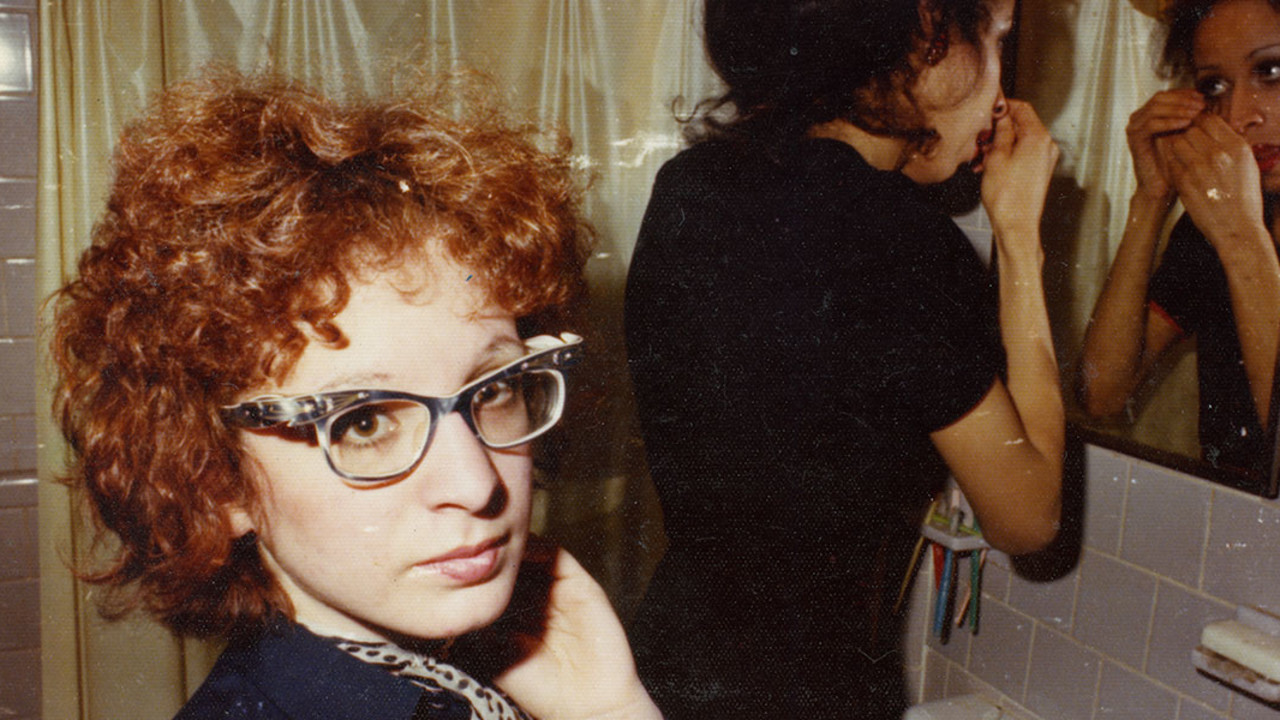To live in a city is to encounter countless streets, institutions and buildings named after founding figures or generous donors. Museums, galleries and hospital wards are named after donors—as are public parks and orchestra halls. Their names make up the mythos of the city; referencing army generals, philosophers and philanthropists, who, whether intentionally or by chance, made the city what it is. In Toronto, for instance, there are three streets named after John Graves Simcoe, the first lieutenant governor of Upper Canada: John Street, Graves Street and Simcoe Street. Until very recently, you could have been a student at Ryerson University, named after Egerton Ryerson, a founding father of the Canadian public school system—and a source of inspiration for residential schools, which facilitated a cultural genocide against Indigenous communities. The university changed its name to Toronto Metropolitan University in April of this year, shedding the Ryerson name after 74 years. To name anything—from a park bench to an amphitheatre—after someone is to honour its name and memory, which urges the question: as we pass by and through their namesakes, do we actually know the impact of people we are honouring?
When it comes to the great art galleries of the world, American photographer Nan Goldin, who stars as the central figure in Laura Poitras’s latest documentary, All the Beauty and the Bloodshed, understands the impact of their names. Museums like the Guggenheim in New York City and the British Museum in London had galleries funded and subsequently named after the Sackler family, and Goldin made it her mission to strip those rooms and collections of that name by organizing protests and die-ins. For Goldin, and many like her, the Sackler name represents turmoil, pain and anguish; it is a name that was able to rise to international recognition by facilitating and then profiting off of opioid addiction. Whether you know the Sacklers by name or not, you are most likely familiar with their most famous product: OxyContin.
When it was first introduced in 1996, OxyContin seemed like a positive innovation in the pharmaceutical industry with a 12-hour timed release of the opioid oxycodone. However, individuals prescribed the pill—for ailments that range from joint pain to post-surgery care—could manipulate it by crushing it so as to immediately absorb the entire dosage. A marketing campaign that bribed doctors with travel and offered coupons for the drug to consumers, allowed OxyContin to fuel a burgeoning opioid epidemic: those with addictions stemming from doctor-prescribed opioids often turn to illegal dealers to satisfy their cravings, putting themselves at risk of consuming fentanyl, a highly toxic synthetic opioid. As reports show, counterfeit OxyContin may contain deadly amounts of fentanyl. In Canada, in 2017, ten deaths occurred each day due to opioid addiction—in 2020, more than 6,000 Canadians lost their lives from opioid overdose, a shocking 72 percent increase from the year before.
This year, All the Beauty and the Bloodshed became the second documentary in the festival’s history to be awarded the Venice Film Festival’s most prestigious prize, the Golden Lion. As a documentarian, Poitras has never shied away from controversial subjects: My Country, My Country (2006) focused on a Sunni Arab man running for office in Iraq while CitizenFour (2014) spotlit Edward Snowden following his escape to Hong Kong after whistle-blowing on the American government. And she finds a worthy subject in Goldin, who is equally interested in recounting her difficult childhood as she is outlining her activism.
Goldin is committed to charting her complicated childhood—one that left her grappling with her sense of family, sexuality and mental health—emphasizing that a pivotal moment for her in her adolescence was her older sister Barbara’s suicide at age 11. Goldin left home at 13 and picked up photography a couple of years later. It was her camera that allowed her to make a name for herself, by voyaging through and capturing Boston and New York City’s queer and underground communities. Her photographs showcased tender moments between couples, as well as tableaus of the gay subculture in a post-Stonewall NYC—featuring everything from drag performances to hard-drug use. Her group of friends were often the focus of her art, which included Greer Lankton, an artist known for her lifelike hand-sewn dolls, and Cookie Mueller, an actress who appeared in several of John Waters’s films (you may know her as the infamous spy Cookie from Pink Flamingos).
Goldin’s focus on the Sacklers and the opioid crisis would come decades later, after she was prescribed OxyContin for a painful wrist and eventually developed a serious opioid addiction, which sent her to rehab. She founded the advocacy group Prescription Addiction Intervention Now (P.A.I.N.) in 2017 and has gone on to organize and enact several successful protests at art museums to raise awareness of the Sackler family and why their name dons so many prestigious museum galleries.
At this point, it’s necessary to discuss how Goldin’s childhood and photography career connect to her activism in the film. In short: they don’t directly. This is not a sequential narrative wherein one decade leads into another and so on. Rather, each segment of Goldin’s storied life serves to showcase how trauma is able to plague every aspect of our being. Goldin lost her sister to suicide and then her friends to drugs and HIV/AIDS; Lankton died from an overdose in 1996 and Mueller from AIDS eight years earlier. Each was a casualty at the cost of a societal error: Barbara was the victim of a family that didn’t know how to handle mental illness, Lankton a victim of addiction and Mueller of faulty health policy. So it makes sense that after overcoming her own battle with addiction, Goldin would set her goals on correcting the current crisis, and doing so by offering support to those in recovery and bringing infamy to the previously pristine Sackler name.
Of course, the opioid crisis is much more complex than what can be distilled in a two-hour documentary—particularly when a significant chunk of the runtime is dedicated to non-opioid-related topics. Policy, mental health, pharmaceuticals and the media, all play important roles in facilitating this crisis. It is then important to acknowledge that Poitras and Goldin aren’t concerned with providing an exposé akin to one you would see on Last Week Tonight with John Oliver: their intentions with this documentary are not to equip you with the right numbers and historical factoids to go to war with those who deny the opioid crisis. Rather, this documentary is a spiritual and human examination of what it means to struggle—be it with mental health, familial issues or, of course, addiction. While it is able to name the boogeyman as the Sacklers in one of these struggles, Goldin’s life prior to P.A.I.N. forces us to acknowledge that bringing an end to the world’s many kinds of sufferings is a Hydra; snuff out one head and two appear in its place, often unrelated to the stem.
There’s even a sense of futility in Goldin’s own activism: P.A.I.N. succeeds in prompting many art museums around the world to take down the Sackler name, but, in March of this year, the Sacklers agreed to pay six billion dollars in a settlement that would provide them protection from personal liability. So the call to action in All the Beauty and the Bloodshed is much less about putting faith into the justice system to derive justice as it is about providing support to those around us: support safe consumption sites and challenge yourself to see whether you carry any stigma about drug addiction. And beyond that: have patience for those around you who are struggling.
All the Beauty and the Bloodshed is in North American theatres Nov. 23.


 Why you can trust Xtra
Why you can trust Xtra


